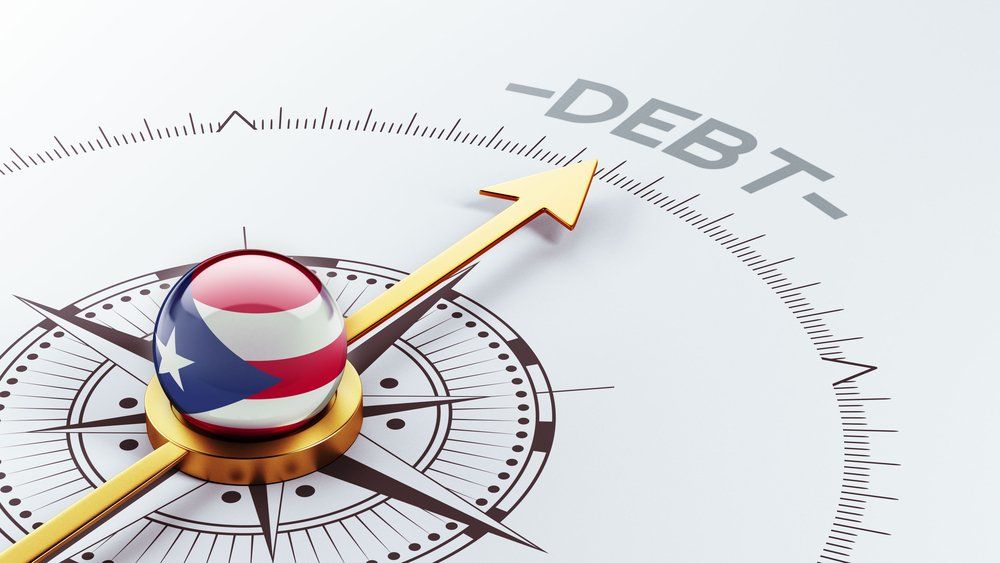THE BANKRUPTCY AUTOMATIC STAY
THE BANKRUPTCY AUTOMATIC STAY
One of the best bankruptcy protections afforded a debtor from his or her creditors is the automatic stay. In what ways does the automatic stay stop creditor actions and when does it not protect the debtor?
DEBTOR PROTECTION UNDER THE AUTOMATIC STAY
Once the bankruptcy case is filed an automatic stay under 11 U.S.C. §362 goes into effect. The result of the filing is that creditors and other entities are prevented from:
- Commencing or continuing judicial and administrative proceedings against the debtor that was or could have been commenced before the case was filed.
- Enforcing a judgment against the debtor or property of the estate.
- Acting to obtain possession of, or control of, property of the estate.
- Creating, perfecting, or enforcing any lien against the property of the estate.
- Creating, perfecting, or enforcing any lien against the property of the debtor to the extent the lien secures a claim that arose before the commencement of the bankruptcy case.
- Acting to collect or recover a claim against the debtor that arose before the commencement of the bankruptcy case.
- Setting off any debt owing to the debtor that arose before the commencement of the bankruptcy case with a claim against the debtor.
- Commencing or continuing a proceeding against the debtor before the United States Tax Court under specific circumstances.
These are very broad protections for the debtor in the debtor’s quest for a fresh start. Most important to debtors is it stops lawsuits, wage garnishments, bank garnishments, auto repossessions, most evictions, and home foreclosures. Violation of the automatic stay may result in contempt of court proceedings. However, there are exceptions to the automatic stay.
EXCEPTIONS TO THE AUTOMATIC STAY
The filing of a bankruptcy case does not operate as an automatic stay in the case of:
- Criminal proceedings against the debtor.
- Commencing or continuing paternity actions, modifying domestic support obligations, child custody or visitation actions, domestic violence actions, and divorce proceedings (except to the extent the divorce proceeding seeks to determine the division of property of the bankruptcy estate).
- Collecting a domestic support obligation from property that is not the property of the bankruptcy estate.
- Garnishments for domestic support obligations.
- Suspending or restricting driver’s licenses, professional and occupational licenses.
- Under specific sections of the Social Security Act, reporting overdue domestic support to a credit reporting agency, intercepting a tax refund, or enforcing a medical obligation.
Other exceptions too numerous for this article also apply. For a creditor to obtain relief from the automatic stay they usually must file a motion for relief from the automatic stay. This allows the Court and parties in interest an opportunity to analyze the appropriateness of the proposed relief.
If you have questions on how the automatic stay may affect you or your business, have them reviewed by an experienced bankruptcy attorney and former trustee for the U.S. Bankruptcy Court. Call or contact Martin Long at LONG & LONG P.C.now at 303-832-2655, or www.denverbankruptcylawyer.net.
LONG & LONG P.C.
The post THE BANKRUPTCY AUTOMATIC STAY appeared first on Long & Long P.C..





